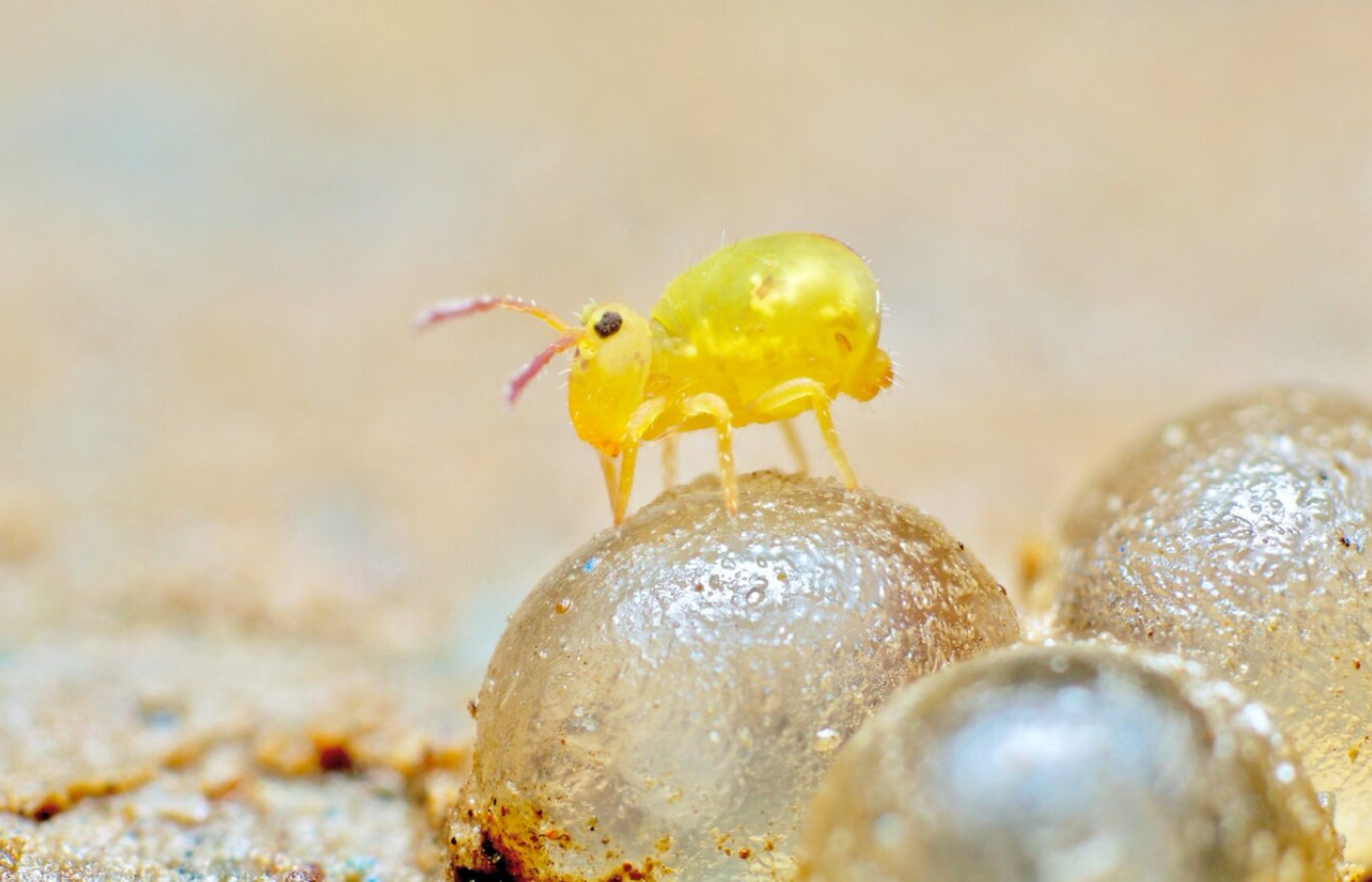Chaos of Delight
United Kingdom
The Chaos of Delight website was set up in 2016 in order to celebrate and promote biology, soil science and the amazing hidden world of soil animals- the mesofauna.

Main Services:
science, soil science, macro photography, learning, educational, soil biology

It’s run by Andy Murray, a science writer and photographer, driven by a crazy passion and love for these amazing, tiny and almost unknown creatures, most being too small to see with the naked eye.
The website was the first of its kind to combine incredibly detailed macro and micro photography with the latest scientific research and personal observations, covering the full (although arbitrary) range of the world’s tiniest soil animals, while retaining a popular and readable format that’s fun to use and factually accurate.
It showcases the truly incredible beauty and wonder of Collembola (springtails), mites, proturans, pseudoscorpions and the rest of the amazing animals that live in the darkness, hidden in the soil beneath our feet.
One of the great things about the soil mesofauna is that these amazing and bizarre animals exist everywhere. Everyone can become a true explorer in their back yard, garden or local park. All you need is a magnifying glass or loupe. And as you search under leaves and stones, you join every other biologist over the centuries who has done exactly the same thing. The website serves as a useful roadmap in discovering about this dark and hidden world, and seeks to transfer a little of the joy and passion inherent in all science to the reader.
Over four hundred macro and micro photographs can be found on the website, and all have been taken down at the subject’s eye level, which, if you’re a mite or springtail, and you actually have eyes, is around 0.2mm off the ground. All the photos have also been taken in nature and necessarily risk the subject running away, jumping or hiding. Which they usually do. Out of more than half a million photos taken over the years, only around 13,000 were kept. Out of those, only a couple of thousand photos are up to a good enough standard to actually use.
Not surprisingly, each photo carries its own painful story of back-breaking dedication and stupid effort, from a day spent in the dark, searching caves on all fours for a chance to photograph rare cave-dwelling Collembola and diplurans, to trekking high in the Alps to look for new species, and sweating through a tropical rainforest surrounded by mosquitoes in search of yet more elusive mini beasts. And underpinning it all is the usual daily stress of trying to stay alive by avoiding cliffs, heatstroke, frostbite, dangerous plants, snakes, spiders, and scorpions (and failing to avoid cuts, bruises, leeches and biting insects) and trying not to destroy expensive camera equipment at the same time. In macro photography, no-one can hear you scream.
As the website is dedicated to the small mesofauna, it doesn’t feature any of the larger common soil animals such as worms, woodlice, centipedes and millipedes. Or moles. But just to be contrary, it does include many of the other very small and rather unknown soil denizens such as the glorious and peculiar midge larvae of the Forcipomyia, mite harvestmen and micro snails.
Each order has its own page, with nested secondary pages where needed to further define the complexity of certain orders within classes like mites and Collembola. There is also a blog page with many more in-depth articles, mainly concentrating on springtails and the experience of travelling the world studying the soil mesofauna.



